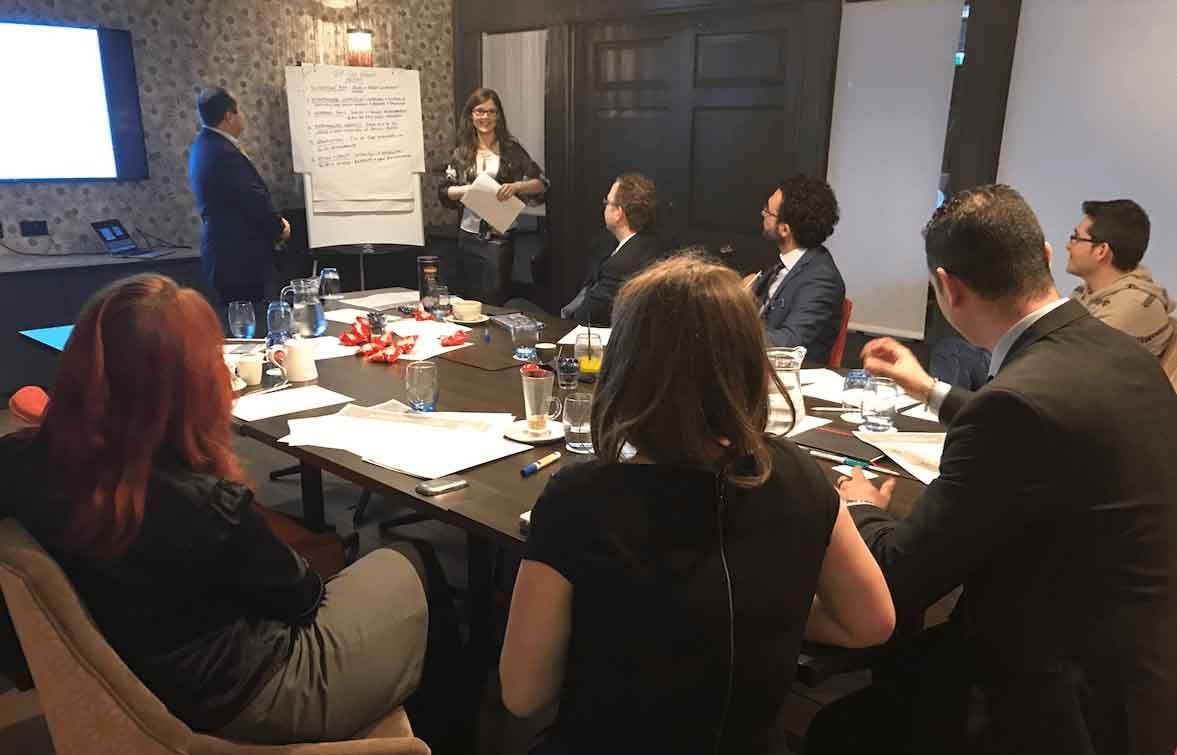Planning Your Communication

Have you ever been misunderstood by email? Have you ever had a situation where your presentation failed to hit the spot with your audience? Have you ever been in a meeting where you missed an opportunity to make your point? If so, then please read on and learn how planning your communication can help get your message over.
Step 1: Know your audience
It’s all too easy to leap into a communication without thinking through who is it that you’re communicating with. Ask yourself these points:
- Who are they?
- What do they know?
- What don’t they know?
- How will they be feeling?
You may have to make some assumptions. If so, look at things from their perspective as well as your own.
Step 2: Action
Be clear on what action you’d like them to take as a result of your communication. Ask yourself:
- What will you see them do?
- What will you hear them say?
- How will they be feeling?
A communication without a call for action will be a wasted opportunity. Be clear on what you want your audience to do as a result of your communication.
Step 3: Barriers
Planning your communication will require you to consider all the things that could prevent your communication from being received and/or acted upon. In particular:
- What are the physical barriers?
- What are the emotional barriers?
- What can you do to overcome these barriers?
Work hard to identify and then overcome these obstacles. It will enable your communication to be even more effective.
Step 4: Benefits
Be clear on the benefits that your communication has for your audience. Ask yourself:
- What’s in it for them?
Unless there are clear benefits for your audience it is unlikely that they will take notice of what you have to say. Whether good news or bad, people will need to know why they need to listen to you.
Way forward – use the above steps to create your next presentation, plan your next phone call or craft your next email. They do work, and they work well.
Paul Beesley
Director

